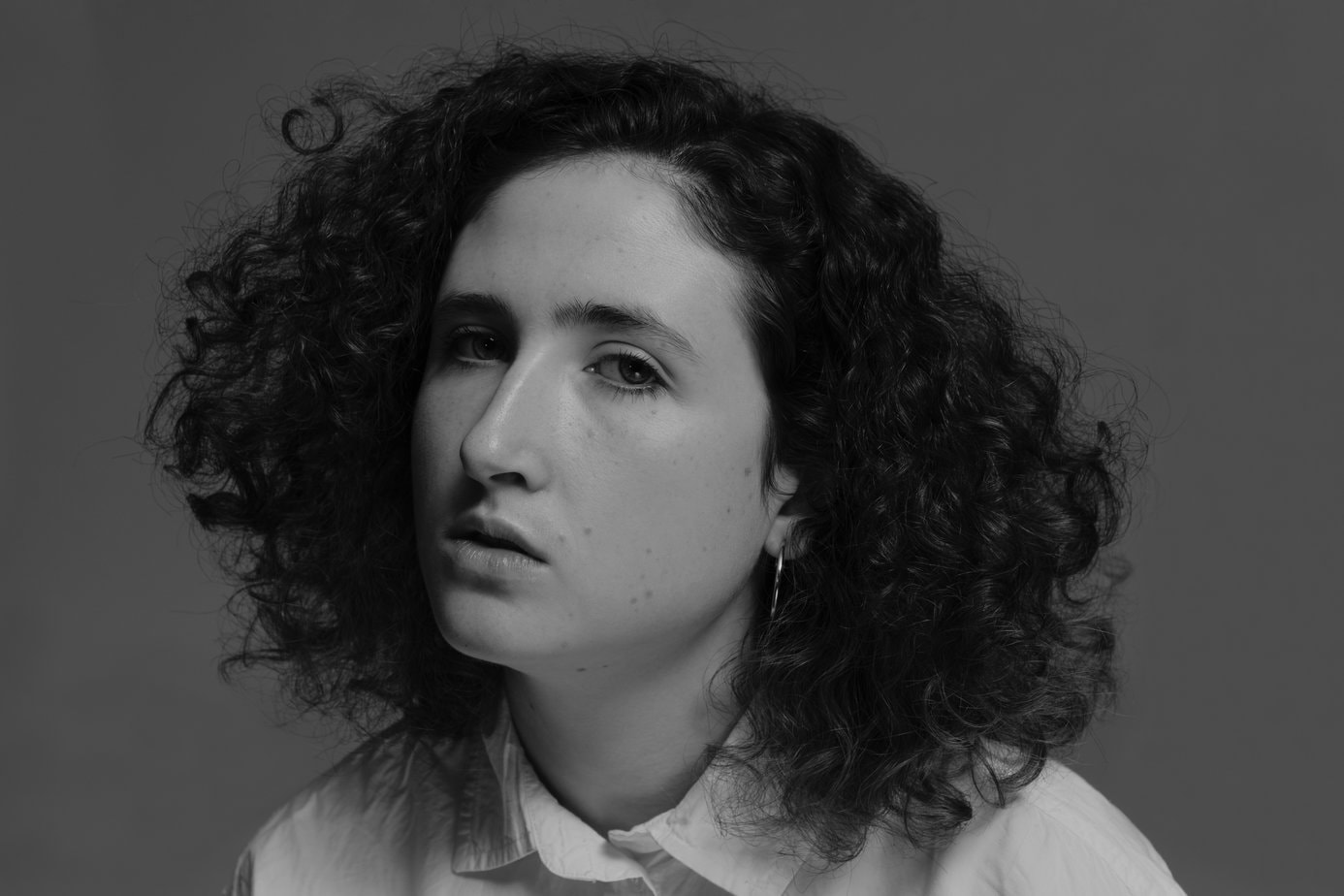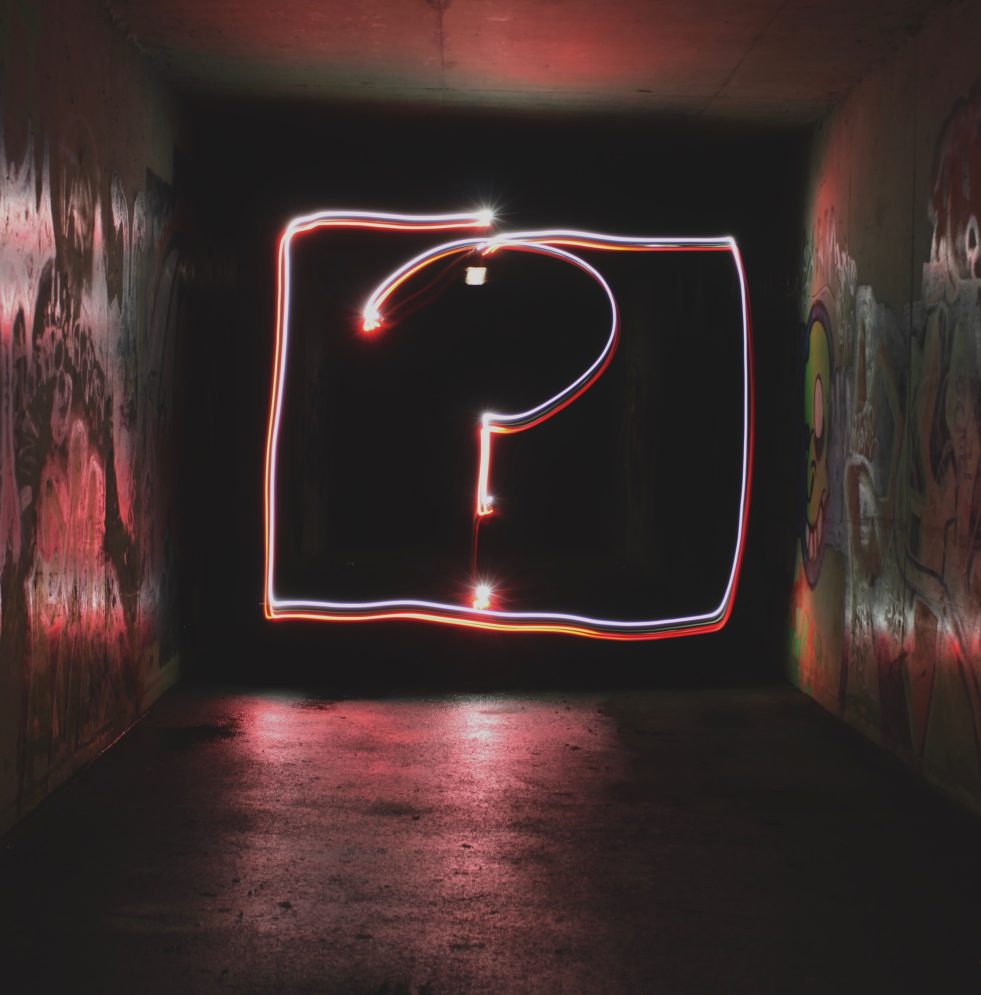That being said, bi-curiosity, the focus of this article, is a contentious label. It faces criticism from heterosexual and LGBTQIA+ people alike for different reasons.
However, it can be a comfortable label for those who are questioning or just starting to explore their attraction to their own gender and/or other genders. As bi curious individuals learn and explore different sexualities and experiences, they may later identify as bisexual, lesbian, gay, heterosexual or any other label that describes who they are attracted to and how they experience that attraction. The issues with the bi-curious label stem from bi-phobia rather than from the label itself. So, without further ado, let’s explore the definition of bi-curiosity.
What is bi-curiosity?
Bi-curious people are interested in exploring their attraction to their own gender and different genders. They are open to being romantic and sexual with varying genders, but perhaps previously identified with a monosexual label, such as heterosexual, lesbian, or gay. Those who are bi curious can be any sexuality or gender identity, although the label is most often used to describe previously heterosexual people with an interest in exploring attraction to their own gender. The term is believed to have come into use in the 1980s or 90s. The Merriam-Webster dictionary describes bi-curiosity as, “characterised by an openness to or curiosity about having sexual relations with a person whose sex differs from that of one’s usual sexual partners.”
Over half of LGBTQIA+ people identify as bisexual. The term bi curious implies, and tends to describe, people who are newly exploring and unsure whether or not they are bisexual. Those who are bi curious might feel an attraction that they have not physically explored yet, but even if you haven’t had any sexual experiences at all, you can still identify as bisexual. In short, neither sexual experiences nor sexual relationships are a prerequisite for identifying with a sexual orientation. As such, some believe that the bisexual label should be expansive enough to include people are bi-curious.
What is the difference between bi-curiosity, bisexuality and heteroflexibility?
So, how is bi-curiosity different from bisexuality? And what is heteroflexibility? The spectrum of sexuality is broad and where you exist on it can fluctuate. There are similarities between bisexuality, bi-curiosity, and heteroflexibility, but also some key differences. Some people who identify as bi-curious or heteroflexible will later identify as bisexual while others might realise that they actually identify more with another sexuality such as pansexual, heterosexual, lesbian, or gay.
Bi-curious people can be any gender or sexuality and are interested in exploring their attraction to two or more genders.
Heteroflexible people are interested in exploring attraction to their own gender, but primarily identify or previously identified as heterosexual.
Bi-curiosity is typically seen as a more temporary identity than bisexuality. Bisexuality is the attraction to two or more genders which can be both similar and dissimilar from your own.
Bisexual people tend to have a deeper sense of knowing or certainty about their sexuality than bi-curious people. They tend to feel more established in their sexuality, whereas the term bi curious implies that people are often exploring their sexuality to better understand it. Sexual experience with more than one gender isn’t a prerequisite for identifying with either of these labels.
Some believe that the bisexual label should be broadened to include people who are questioning their sexuality. However, for some people, bi-curious might feel like a more comfortable label. Some people might relate to both the bisexual and bi-curious label.
How being bi-curious works in a relationship
You can realise that you are bi-curious at any point in your life. An attraction to a particular person could trigger the realisation or it could be a more general feeling. Bi-curious people can be open to having relationships with people who sit at different places on the sexuality spectrum.
If you are in a monogamous relationship and think you are bi-curious, you can still explore your bi-curiosity without acting on it. This could be through engaging with LGBTQIA+ media, watching porn, joining online groups, talking to your partner, or talking to friends. If you are single or in a polyamorous relationship, you could explore your attraction by opening up additional gender settings on dating apps, exploring threesomes or group sex, or going on dates with people of different genders.
Myths and misconceptions
Bi-curious people face a lot of the same myths and misconceptions as bisexual people. There is pressure from heteronormative culture and from the LGBTQIA+ community to define sexuality in a more specific way. Here, we debunk some of the myths and misconceptions and explore why they exist.
So bi-curious people use queer people to experiment?
Experimenting with your sexuality isn’t negative. However, some of the associations with it are. It’s important for bi-curious people to keep in mind the feelings, boundaries, and desires of the people with whom they are exploring their sexuality. LGBTQIA+ people sometimes feel used if they feel they are seen as an experiment rather than someone with whom to have a valid romantic or sexual relationship. That being said, this assumption sometimes ignores the fact that LGBTQIA+ people have the agency to decide with whom they go on dates, and with whom they go to bed. As long as everyone is open and respectful, there is nothing wrong with experimenting with your sexuality.
So bi-curiosity is just a phase?
For many people, bi-curiosity is a temporary label adopted before identifying as bisexual, gay, heterosexual, or any other label on the expansive spectrum of sexuality. However, that doesn’t mean that it’s not a valid label in its own right. Like bisexual people, bi-curious people are often told that they are confused, or they are pressured to make a decision about being attracted to just one gender, but it’s natural to want to explore and it’s ok to change your mind. Sexuality can shift over time and there’s nothing wrong with that.
So bi-curious people appropriate queerness?
Some LGBTQIA+ people believe that those who are bi curious appropriate queerness without having to experience the discrimination that the community faces. This assumption is most often wielded against cisgender and previously heterosexual women who identify as bi-curious. Both LGBTQIA+ people and heterosexual people sometimes suggest that some women only experiment with same gender attraction and their sexual identity for the male gaze.
While it’s true that some women who make out with their same gender friends on nights out will never identify as LGBTQIA+ or face the discrimination that the community faces, it’s unfair to assume that every woman experimenting with their sexuality is only doing so for the male gaze. This assumption reinforces the dangerous and sexist stereotype that queer women exist for the gratification of heterosexual men and invalidates the real experiences and identities of bisexual and pansexual women.
For bicurious men, the accusation is often that they are closeted homosexuals, or that they’re not “brave” enough to “fully” come out. This undermines bisexuality and bicuriousity as orientations in their own right as sexual identities, as well as stigmatising anyone who may find it difficult to come out in any way, by suggesting their existences are somehow “less authentic”.
Why some people dislike the term bicurious
The term bi-curious comes with some cultural baggage. The phrase itself isn’t the issue, but it is often used in ways that reinforce bi-erasure and bi-phobic stereotypes.
For example, some people believe that the term bi-curiosity is discriminatory because it implies that you must have had sexual experience before being able to identify as bisexual. Many people know who they’re attracted to without needing a sexual experience to confirm it, or to prove their sexual identity to themselves, or to anyone else.
The implication that sex is required to prove to whom you are sexually attracted, or to identify as bisexual feeds into the gatekeeping and erasure that bisexual people often face both from within and outside of the LGBTQIA+ community. It fuels the bi-phobic rhetoric that you must have had a certain amount of experience before you can prove that your bisexuality is real. Heterosexual people are rarely expected to prove their sexuality because, in a heteronormative culture, heterosexuality is assumed, even if someone has never had sex.
Furthermore, the term bi-curious is often used in a joking and dismissive way.
Heterosexual people might jokingly call themselves bi-curious if they kiss their same sex friends on nights out or talk about being attracted to celebrities without considering the discrimination that LGBTQIA+ people face in their day to day lives.
The term bi-curiosity is also sometimes used by heterosexual cisgender men to diminish women’s sexuality because they can’t imagine women being attracted to women in a way that has nothing to do with male participation or the male gaze.
These assumptions and others hurt bisexual people who are often accused of being bisexual for attention or told that their sexual orientation is just a phase.
We take the stance that the bi-curious label is a symptom of the problem of bi-phobia and not the cause. Therefore, if you are exploring queerness and/or same sex attraction and your sexual identity for the first time and bi-curious feels like the most comfortable label for you at the moment, then there’s no problem with using it to describe yourself, as long as that feels truly authentic to you and your desires.
Signs that you might be bi-curious
– You find yourself fantasising about someone with a gender identity different from the gender you are usually attracted to
– You like engaging with and relate to books, TV shows and films about bisexuality
– You enjoy watching porn focused on a gender identity different from the gender you are usually attracted to
– You have dreams of engaging in sexual activities with a gender identity different from the gender you are usually attracted to
– You find advances from other genders comforting
– You reflect a lot on conversations with people of a gender identity different from the gender you are usually attracted to
What to do if you think you might be bi-curious
– Move at your own pace
– Connect with other members of the LGBTQIA+ community
– Speak to other bisexual people
– Open up the settings on dating apps to include more genders
– Go on dates with people of a variety of genders
– Engage with LGBTQIA+ TV shows, movies, books, educators, etc
– Have fun!

Sophie Lou Wilson (she/her) is a London-based writer specialising in sexuality, culture and mental health. You can follow her on Instagram at @slwilson

